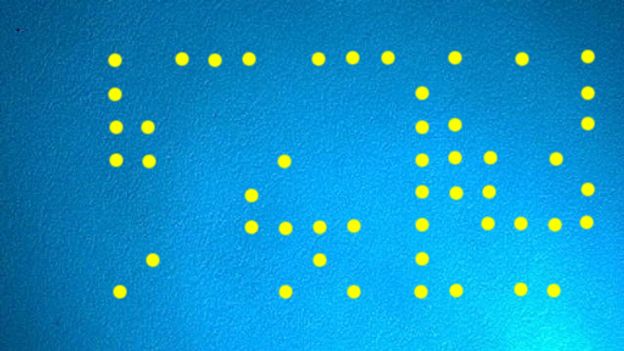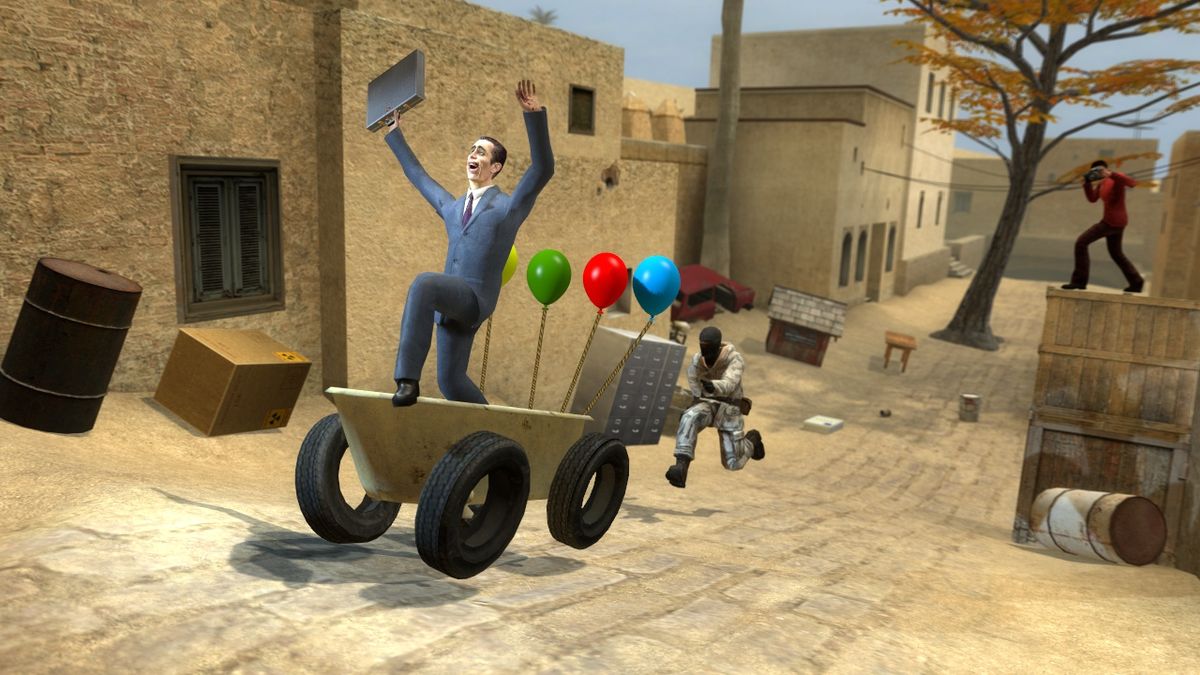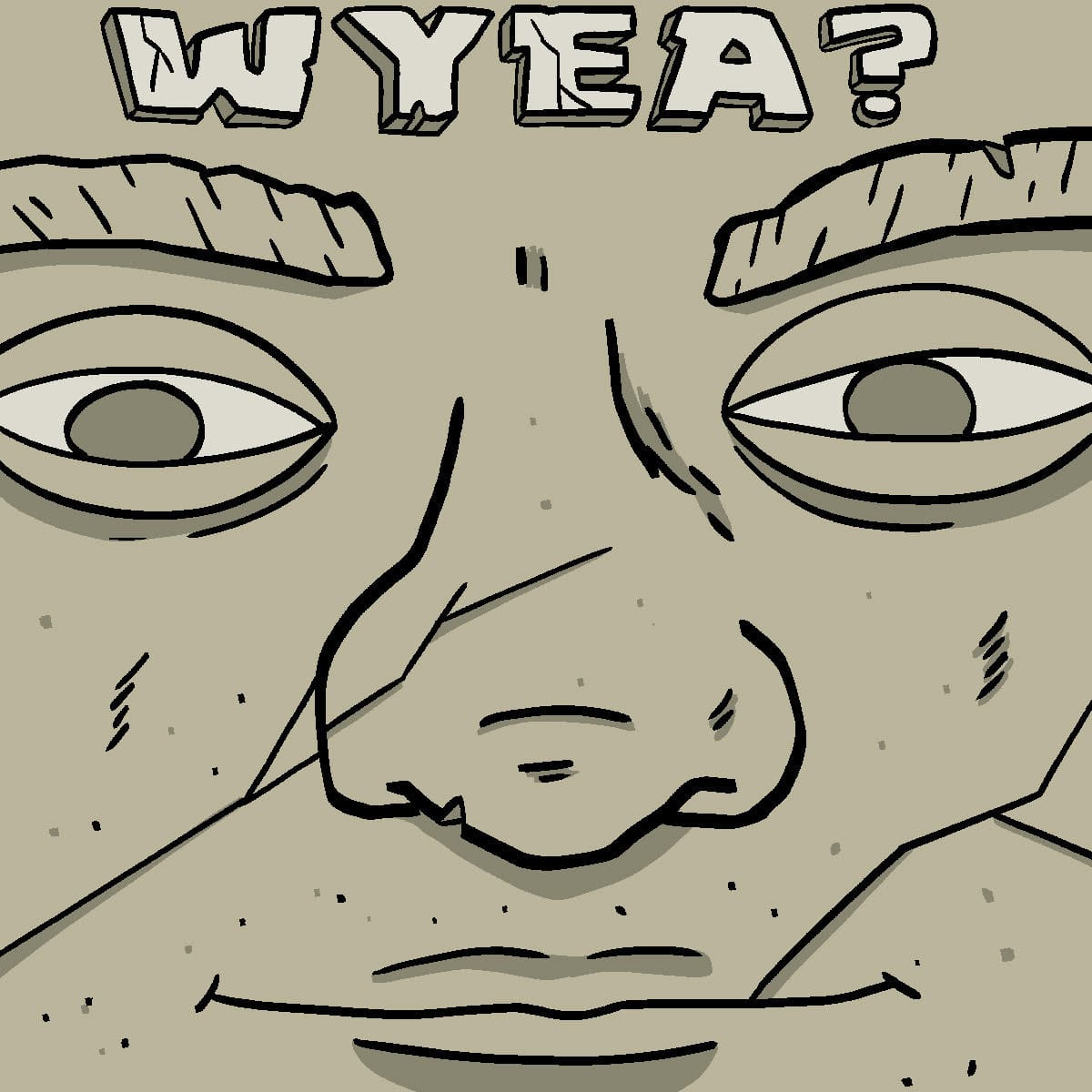
The Story Of Nebulus
Released in 1988 by publisher Hewson, Nebulus is a technically brilliant and wonderfully playable game demonstrating that even by the late Eighties, there was still plenty of life in the 8-bit computers – particularly the Commodore 64. Available to play on the ZX Spectrum and Amiga as well as C64 on Antstream Arcade, we proudly present the story of how this beautiful and original videogame came about.
Having already created the bouncing ball game Impossaball for Hewson the previous year, coder John Phillips began thinking about his next project. But first, we ask him about how he got into computing in general. “It was my dad who got me into electronics, and I built my first computer when I was 12 years old.” From here, John naturally became interested in programming, eventually studying cybernetics at university. “My final year group project was concerned with mapping out the university campus. My section was a movie viewer running on a BBC Model B computer using data collected by my colleagues.” Designed to produce an impressive 3D overhead fly over, John still holds this program on an ancient floppy disk.
Having cut his games coding teeth with the nut collecting platform game Nutcraka, John designed the striking Impossaball, his first game for Hewson. Following a decent reception for Impossaball, John started planning for his next effort. “The concept for Nebulus – as with most of my ideas – came from a technical idea,” he explains. John’s brainwave was a rotating cylinder around which the player could move. “It had an early incarnation as a demo for the ZX Spectrum, consisting of a horizontal cylinder that could be played like a level of Uridium.” When the programmer struggled to find an original gameplay to adapt his demo to, he ditched the idea, switching to the Commodore 64 and what would become the familiar vertical cylinder covered with platform ledges. “The rotational effect was easier to do on the C64 using a trick for the programmable character sets. It was still possible on the ZX Spectrum, but only by reducing the resolution and frame rate.”
























